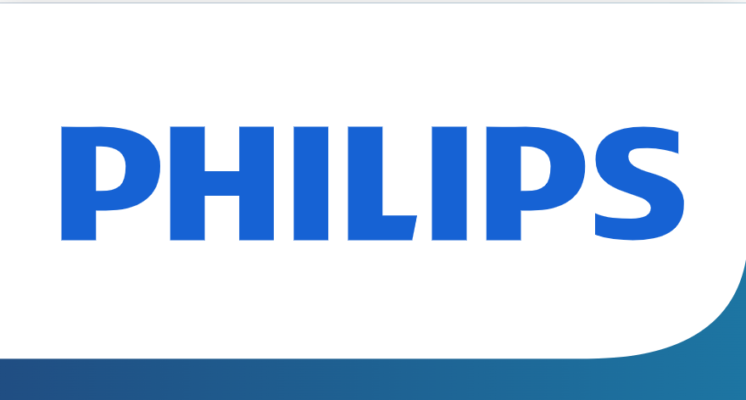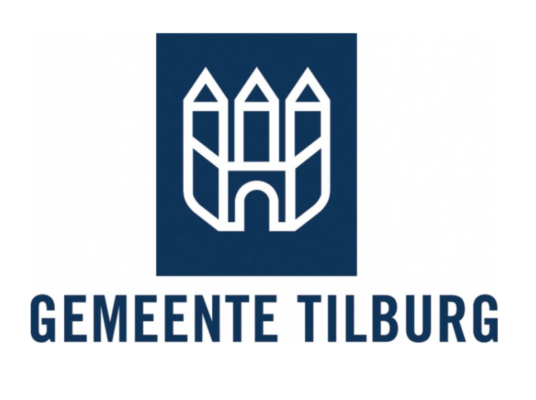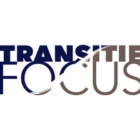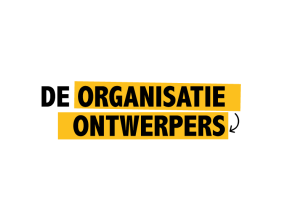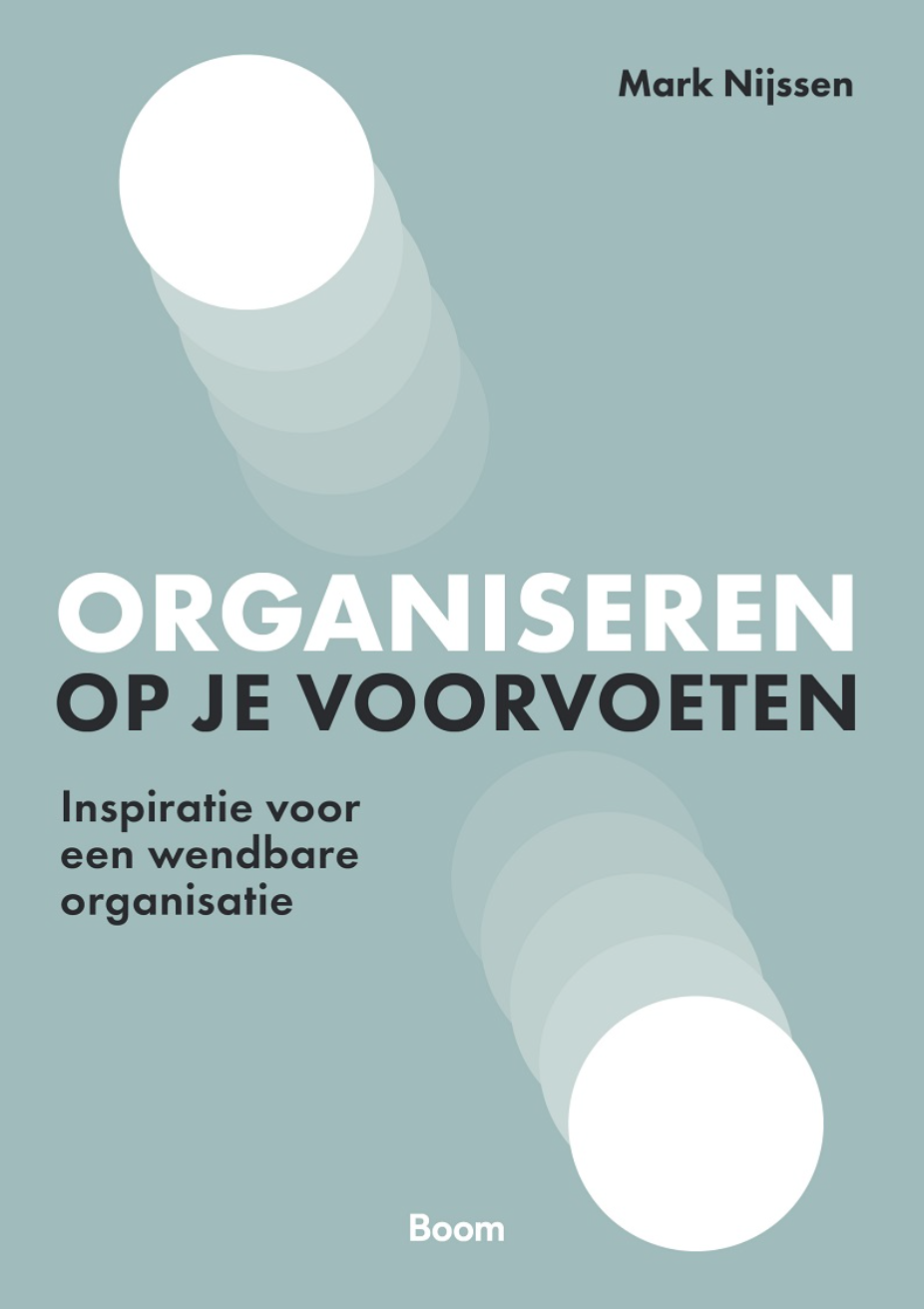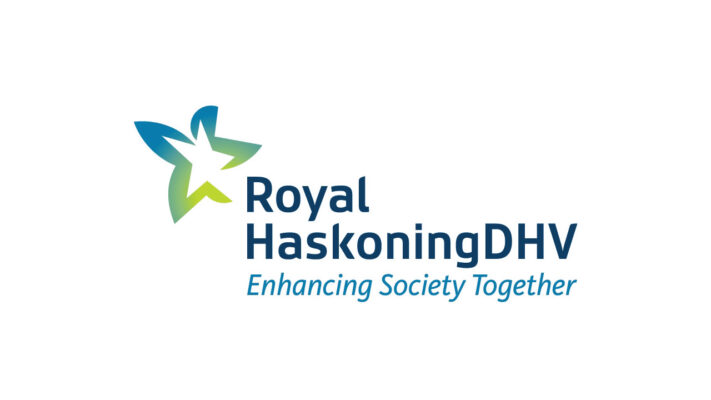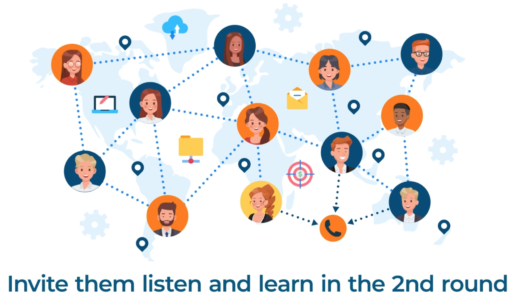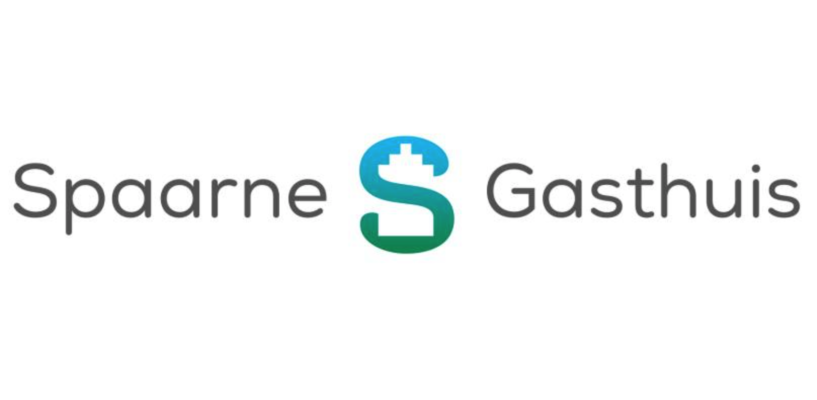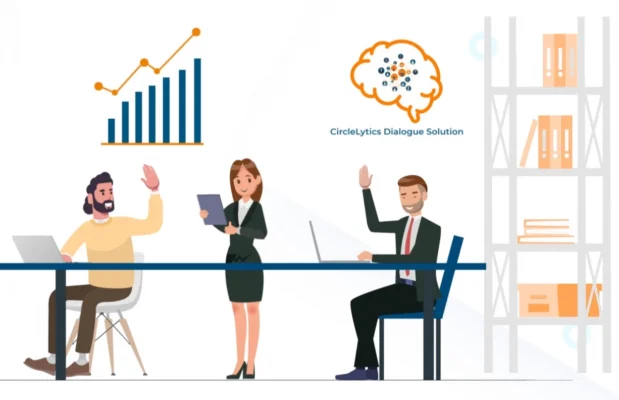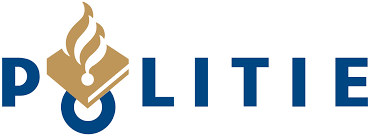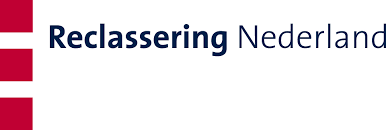We are regularly asked this question. We ask HR leadership why they are curious about the CircleLytics employee dialogue. What is missing when HR limits itself to the method of an employee survey? We are quite surprised by their reactions. These are discussed in this blog. It comes down to what we wrote in a recent post: your survey is only the start, at most 10% of the EX/EE challenge. After that, you want to engage in dialogue to find out together what is hidden behind the figures, how things can be improved. In co-creation with the employees, as Ben Whitter, founder of the World Employee Experience Institute, indicates in his much-praised book “Human Experience at Work“. The question he poses is answered by our clients with the power of dialogue: “How can you co-create at a deeper level with people? “. Did you know that through our dialogue, the collective intelligence you gain, and your qualitative insight, increases by 20-60%? And do you know that people are the main reason why every change project in your organization succeeds … or fails? A survey alone will not make an impact. Engagement is a daily action (perhaps the most wonderful!) but certainly not a periodic list of closed questions. People are worth so much more.
Some of the things we hear…
“Employees are tired of surveys and want their opinions to be heard”
“Follow-up is so difficult if you haven’t asked real open questions”
“What’s the use if the questions are general and not specific”
“Unfortunately, benchmarking is more important in the organization than asking questions that are relevant now”
“After the survey, we struggle for months with the ‘why’ and ‘how’ and all those meetings give us a headache”.
Yet also:
“We got used to surveys and the reports render numbers we depend on”
“The respons is under pressure but with a bit of help, it’s sufficient, so we’re ok”
“We use pulse surveys so it’s very short and easy, and we try to – at least – track trends this way”
“The reporting and dashboard of our survey platform are easy to produce power points”
“Survey fatigue is really an issue, but benchmarking makes it hard to stop”.
These kinds of remarks… Recognize them? So, are surveys here to stay? Do integrations and reporting functionalities of incumbent survey platforms block your innovation in employee listening? Do you agree that listening requires deliberate open-ended questions about specific matters, other or in addition to generic, closed-end questions? How to follow up on surveys? Do we need to engage people in dialogues to understand what’s really going on and co-create improvements?
Case. Government organization.
This organization uses a traditional employee survey because of a government-wide procurement procedure. Management indicates that employees do not feel like taking ‘another survey’. For this reason, management does not want to pose general questions, but specific questions for specific subjects that are topical at the moment. They select 4 questions from the survey and add to each question: “what is your main reason for this score”. They design 3 additional open questions. They use these 7 with the CircleLytics Dialog, because of the unique 2nd round. In this round, employees give a kind of sentimental score and enrich the (many) answers of others. This provides a wealth of additional insights and management immediately learns what is most important, what is not, and especially why. Employees greatly appreciated the dialogue and felt involved and taken seriously.
The difference between the survey question using CircleLytics Dialogue is:
-> survey: How has the working relationship with colleagues in the last year affected your happiness at work? (1=negative, 10=positive; with text field if necessary)
-> dialogue: First round: How does the working relationship with colleagues currently influence your happiness at work (1=negative, 10=positive) and what is your main reason for this? And the second round, the dialogue round: How do you value the reasons of others and what is your explanation? What does that mean for your final score on the question about happiness at work?
Can you imagine the difference? Looking back a year is rather long while feedback is only useful and reliable when it takes place close to the moment (our reading tip: the book Job Feedback by Manuel London). The focused explanation in response to the open-ended question section is unprecedentedly rich. And did you know that in the dialogue variant with open answers and a 2nd round, more than 70% of the employees go through more than 20 answers from others and appreciate them? They understand the context, semantics, use of language, tone and read between the lines. Their scores are more meaningful than algorithms. Their sentiments are more reliable than an algorithm that adds up negative or positive words. Language is human work.
Back to our story.
Why only 10%?
HR and leadership are realizing that listening to employees has little to do with asking closed, general (scoring) questions. Often from the ‘established order’ such as CultureAmp, QuestBack, Qualtrics, Effectory, Integron, SurveySparrow and 100s of other providers. In 2019, Josh Bersin already mentioned the trend that employee engagement has moved up from doing surveys to action-driven feedback that actually comes up with recommendations for managers on ‘what to do next’. Gallup has been researching and demonstrating for years that employees are more motivated and productive when their opinions visibly matter. After all, that’s also how you listen to your partner, family and friends: closed-end questions do not ignite people’s thinking nor dialogue. However, deliberate open-ended questions, focused mostly on feeding forward, understanding and improving matters, are not included in standard employee surveys, with the exception of a few open text fields. HR and leadership are therefore wrestling with a number of challenges:
- employees are no longer fans of surveys; it affects reliability
- a report based on open text fields is not reliable (read our blog “Survey or dialogue“)
- it takes weeks or months before results and actions are clear and make an impact
- confidence decreases and the risk that your (pulse) survey will score lower increases.
The tricky thing is that surveys expose issues with weak scores and/or declining trends, but not the why behind them, nor ‘how to improve’. The good news is that HR and employees and leadership share the dissatisfaction with surveys. Together they are looking for depth to make employee listening a reality. To realize co-creation and to take significant steps regarding involvement, enthusiasm and trust. The survey reveals figures, but no direction for decisions, no actions. The 90% only starts now.
So why do we still do surveys?
HR mentions a number of reasons that may be valid from the point of view of ‘not wanting to change too much’. They also want to talk to us about the complex work after the survey. The reasons they mention for doing surveys are:
- they want to benchmark (compare) figures with the industry; we therefore use generic questions and closed scales
- figures from surveys are used in all kinds of management reports and everyone is used to them
- assessment and remuneration (of e.g. management/MTs) are also based on figures from surveys
- the HR team is used to this, and does not want any change themselves
- employees suffer from survey fatigue and we don’t dare to introduce something new
- we are waiting for instructions from management/CEO.
We also often hear: we have a contract for our employee survey for several years so we will just have to wait it out first. To the latter argument, we usually respond with the question of what you do when you bought tight shoes, but they are not worn out yet. Do you keep wearing them with pain, blisters and discomfort? We’ve noticed this in terms of benchmarking brands. If you score 7.4 on a certain subject and the industry scores 7.2, what do you do? What do you know? You’re comparing apples with oranges. Are you going for that 10, for continuous improvement, for excellence for employees and their experience? You have asked employees for feedback, but you let this point rest because management is already satisfied with ‘we score better than others’?
Survey fatigue is quite an issue. Why do something for years that is not satisfying, and employees reject as a method? Fatigue, not completing the survey, not having confidence in the follow-up are all things that HR should not want. If the methodology doesn’t motivate employees, how can the results? New technology to question groups takes some getting used to and requires vision, ambition and backbone. Modern leadership requires organizations and HR to see and embrace the power of open questions. MIT has even set up a complete course on ‘open questioning’ by Hal Gregersen, as “Breakthrough Approach to Creative Problem Solving, Innovation, and Change”.
Does your organization, your team, and do you have the innovative drive to listen to employee dissatisfaction, and to co-create improvement by means of asking deliberate open-ended questions? To harness the power embrace collective intelligence (also see video by Stanford PhD Lorenzo Barberis) and learn from as many perspectives as possible?
We realize that the above reasons for HR to stick to surveys, can seriously undermine the urgency to step up their listening capabilities and co-creation skills. At the same time, there are many organizations that do not conduct any employee survey right now, or are very dissatisfied, or have an expiring contract and switch completely and exclusively to the employee dialogue. This way, in one go, they capture quantitative data, and qualitative insights. Others are put on the track of employee dialogue, crowd sourcing and collective intelligence based on vision and leadership and a managers’ requirement to offer tools that move people and performance forward.
Case. A medium-sized, industrial service organization.
The new management wants to do ‘something’ with their employees, but not a survey. They have never used them. They just haven’t got around to it. Management wants employees to experience more that they work together for one organization. They call it purpose and culture. They want to do something with that. A consultant who works with our dialogue tooling at a customer has set up “Engaging Dialogues”; three questions on a monthly basis. A combination of the open and closed scale. Questions that directly steer and listen to what “they see”, “they experience”, “they know”. It made management very nervous. What will come out of this? How will they react? Are they going to write that open answer? They applied questions that were/are directly linked to the management’s agenda, via a series of bi-weekly dialogues during a number of months. They called the results and subsequent actions a “veritable gold mine”.
Let’s continue
So we’re talking about organizations where, for whatever reason, HR currently uses the methodology of a survey as part of EX / EE and employee listening. In another blog we will discuss the differences between dialogue and survey and why open questions require a new methodology and technology.
What does HR do after the (pulse) survey?
HR now mentions the following three approaches most often:
- do nothing
- decentralized interviews by managers, sometimes with the assistance of an HR employee
- focus group(s), EX/EE labs, interviews, etc.
Do nothing (yes, it happens a lot)
Research by LeadershipIQ and others shows that ‘doing nothing’ and ‘decentralized interviews’ are common reasons why survey results deteriorate. Yes, deteriorate. Doing nothing is explained by things like: busyness, no skills to interpret figures, or absence of a follow-up process. The report is delivered and then it stays quiet. That is a major flaw in HR. It’s not so surprising that organizations still have to contend with low levels of commitment and/or significant employee departures.
Decentralized interviews?
Often, survey results are broken down into business units. Individual management teams then ‘have to’ work with the results. HR supports this in various ways. What HR often mentions as a challenge is:
- managers are not suited to having those interviews
- privacy is violated by the loss of anonymity (see more here)
- interviews are difficult, postponed, not completed, not followed up on
- weak, central overview by HR and management of actions and visible follow-up
- due to lack of inclusion and of real dialogue, bias creeps into the content and does not bring out what should and can be done.
Managers are not always trained or competent to conduct interviews. Certainly not because it is often about the quality of their own work and the associated poor scores. These bad scores from the employee survey have their possible repercussions on the same managers. This creates an unsafe situation: one in which, moreover, anonymity is no longer guaranteed. This is very strange, because the survey is (by default) anonymous. So why not have interviews? As soon as privacy is violated, employees drop out and the organization loses the power of multi-perspective decision making. No matter how ‘inspiring’ the meeting was in the eyes of the manager and (paid, often external) moderator. You don’t know what you’ve missed and that is a considerable risk for EX/EE and for trust.
The lead time is also considerable. We are told that it usually takes 2 to 7 months before all interviews have been conducted. The power of feedback is that the recipient is able to do something with it visibly, in the short term. In weeks, not months. And finally, you run the risk that, as a central leadership, you do not know exactly what has taken place decentrally, what was said, what was agreed and whether this really represents what is going on and what is needed. You achieve the opposite of what you are aiming for; no higher involvement or enthusiasm.
How about focus groups?
Many employee survey providers promote setting up focus groups, or variants, on their website. In this way, “HR can deepen their understanding of the results and understand why they are there, and how to improve”. The intention is good, the solution is not good in our opinion. The reasons are as follows:
– lack of inclusiveness; if you ignore 90-99% of employees, you run the risk of making decisions that are simply not going to be supported; statistically, your information and any decision you make is just unnecessarily weak
– in terms of content, you are missing something but you don’t know what; what does the rest of the organization say? their collective intelligence and ideas remain untapped.
Do keep in mind the intention: “to deepen the numerical results, and to understand why, and how to improve“. We will work on that in the next case!
Case. Philips.
After completing the global, quarterly employee survey, the leadership of one of their continents wants to understand why and how to improve. They want to do this by setting up co-creation with a number of consecutive CircleLytics Dialogues. Philips then selects weak scoring items, which are very important for success. The questions from the survey are now repeated, supplemented with “… Please elaborate on your scores to clarify how to improve.” Employees participate in big numbers and share their thoughts about improvements.
Philips was able to take immediate action after the dialogue had ended. This is because the textual analysis was done directly by the employees themselves. They assign value, meaning and sentiment to the answers of others by scoring and explaining them. The artificial intelligence and other text analyses in CircleLytics complete this work seamlessly and in real time. The dialogue starts on Monday and by Friday afternoon, the results are displayed in slides and actions have been agreed upon. Philips can use the dialogue to quickly uncover direction and improvement potential. Without having to change their worldwide survey process every quarter, because that survey has to stay for the time being.
So the dialogue is an extension of the survey?
Yes, you can see it that way. If, for whatever reason, you cannot renew the old employee survey (the survey methodology), then at least ensure that you enter into a dialogue with employees afterwards. The advantages and necessity of the CircleLytics dialogue are the following:
- online, anonymous, fast and very attractive because they can give open answers
- scalable so inclusive: everyone relevant to the topic is asked
- you increase trust and the employees’ direct involvement in the organization
- they learn from each other’s open answers, score them, and say what is really important.
The dialogue compensates for all the disadvantages of the survey and is the perfect complement. To each their own. The survey collects figures, the dialogue collects interpretation. The survey indicates possible problems, the dialogue puts the potential for improvement concretely on the table. On a silver platter, as one customer recently told us.
Finally, should you ever consider not using a survey method in the future, let the following case inspire you.
Case: Temporary employment agency.
This organization decided to stop using the old method of general employee surveys in the Netherlands. They chose and deployed the CircleLytics Dialogue exclusively to approach all employees with 8 essential questions. They used the same questions as they had used before, but with the addition of “a clear explanation of why you currently see things this way”. The 2nd round of the dialogue yielded towards 1,000,000 additional thought processes with almost 3,000 employees, as they were able to read and assess each other’s anonymous answers. They did so in great numbers. Simply because, according to them, it was “informative”, “surprising” and “just plain fun”.
They could also explain why they scored the answers of others (anonymously) up or down. In their view, it was a rich, motivating way to “help the organization improve”, CHRO told us. Leadership received the ‘normal’ report with numbers, breakdowns, etc., but now also received the qualitative analyses with what the employees considered most and least important. They were able to quickly break down all results to subsidiary organizations so that they could take action. Actions that were put on the table collectively by employees themselves. Actions that come about in co-creation.
One big brain
Collectively, employees are the brain of your organization. Alone, they are just ‘neurons’, but through their cooperation, their openness to each other’s opinions (the ‘synapses’ of your brain), they form that one big brain.
“How can you co-create at a deeper level with people?” is the question posed by Ben Whitter to make human experience at work successful.
Entering into dialogue with your employees is our answer to deepening your current follow-up and increasing and sustaining commitment in the short term. If you are already doing surveys and employee research but want to enter into dialogue afterwards in order to achieve fast, reliable, concrete improvements, or if you just want to stop doing surveys or don’t have any yet. Remember that employees are just like people: they want to contribute and if you take them seriously, they are willing to solve things and improve together.
Contact us today to get started tomorrow.



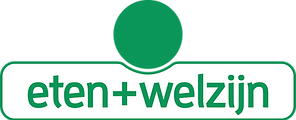
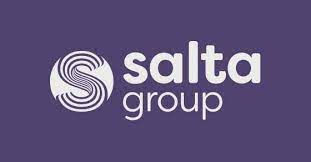
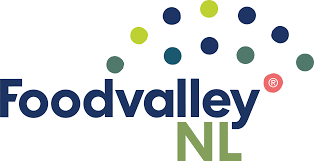
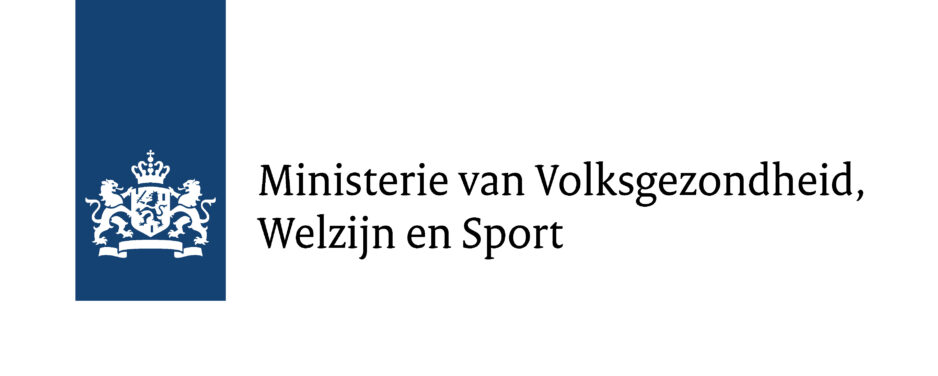



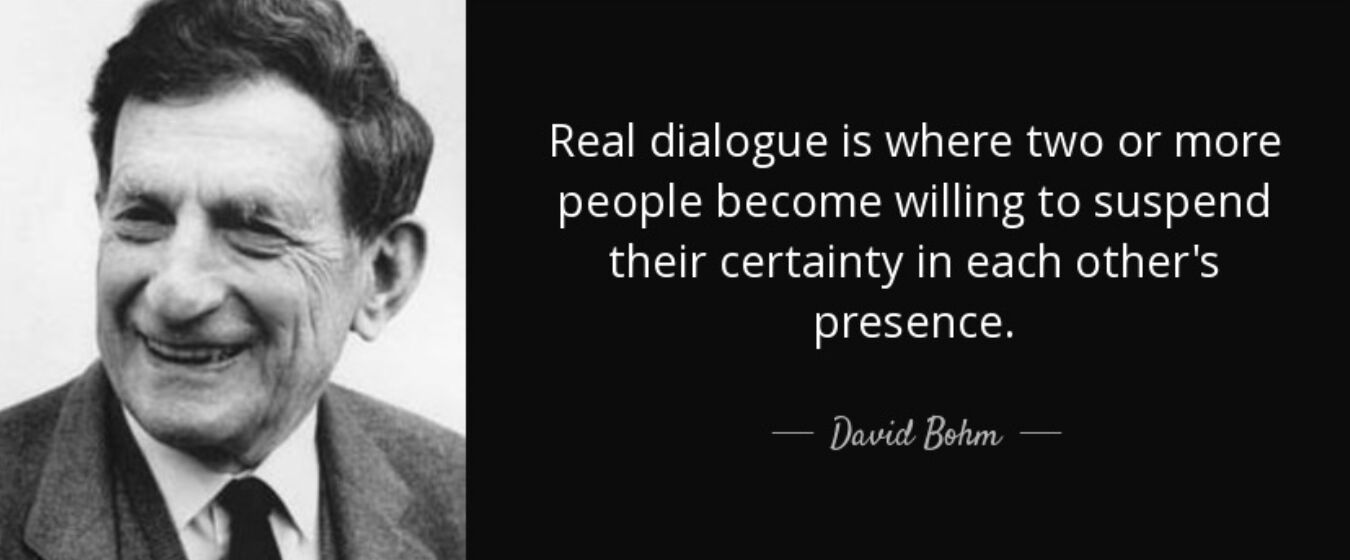 digital possibilities unlocks the special, collective intelligence of groups of people. If you want to consult more (scientific) backgrounds on this subject, you can do so
digital possibilities unlocks the special, collective intelligence of groups of people. If you want to consult more (scientific) backgrounds on this subject, you can do so 
